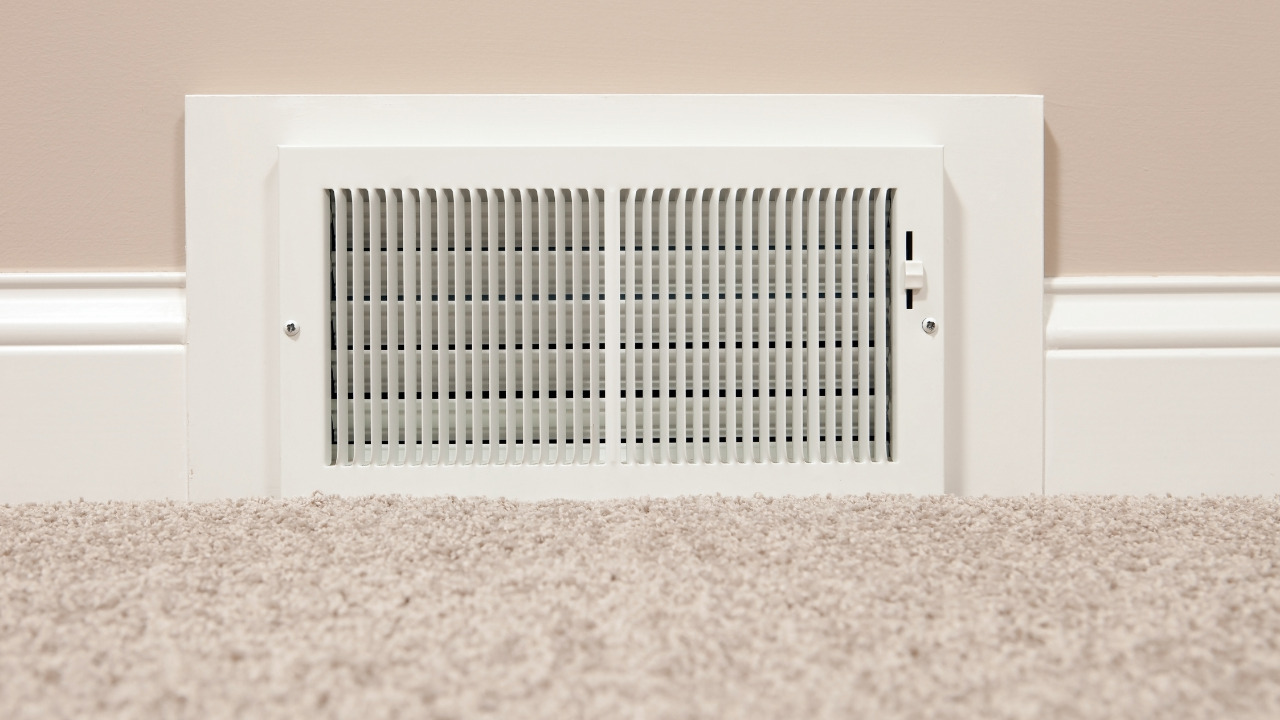The Piezoelectric effect is one of the most exciting and heavily applied scientific concepts in the modern era. It is the phenomenon of converting mechanical energy into electric energy and vice versa and the fact that it has numerous applications have made this concept very useful.
The entire concept depends on materials with a lattice structure (crystalline materials) and how they generate electricity when mechanical stress is applied to them. However, it’s more than just an intriguing concept.
Keep reading the article, where we’ve listed some real-life applications of the piezoelectric concept and different tools that are powered by piezoelectricity.
Table of Contents
What is the Piezoelectric Effect?
The term “Piezoelectric” is a combination of two words, “Piezein”, which is a Greek word for pressing or squeezing and “electric”, implying it produces electricity. To understand the Piezoelectric effect, you need to understand the meaning of Piezoelectricity.
Piezoelectricity can be defined as the ability of any material to generate an electric charge upon being exposed to some mechanical stress.
Thus, the Piezoelectric effect is the ability of some materials (e.g. piezoelement, piezoceramics) to produce an electric charge upon being rubbed or squeezed (response to a mechanical force).
Moreover, the Piezoelectric effect is reversible in nature. So those materials which exhibit this effect can also exhibit the reverse effect or the “Inverse Piezoelectric Effect”. Such materials have the tendency to change their size and shape when excited by an electric charge. This is the principle behind the functioning of Piezoelectric motors.
Advantages of the Piezoelectric Effect
Piezoelectric technology is quite useful as it has virtually no moving parts, and is extremely compact. Moreover, it is reliable to use and barely makes any noise.
Piezoelectric tools are more often than not, less expensive and have great potential in the renewable energy sector.
Here are some areas of applications of the Piezoelectric Effect:
- Medical and Healthcare Sector
- Entertainment Industry
- Piezoelectric Sensors Manufacturing
- Safety and Security Purpose
- Electronic Devices
- Defense Technology
Piezoelectric Motors
The piezoelectric effect has been known and studied for decades, but it’s only recently, that people have started using piezo technology on a daily basis. Since companies are now looking for better alternatives to conventional electromagnetic motors, piezoelectric motors come out as the best available choice.
Piezoelectric motors serve as a better option when it comes to performance, energy efficiency, miniaturisation, renewable or green technology, and increased efficiency. Both the industrial and commercial application of piezo tech is vast and diverse.
If you’re wondering why these piezoelectric motors are better than other standard motors then keep scrolling through.
Piezoelectric motors can be put to several uses. They can be designed in rotary or linear form and applied to a host of applications as a both single and complex multi-axis system that provides very accurate, reliable and reputable motion control. These motors are not magnetic, which allows them to operate in equipment that generates a strong magnetic field, such as MRI machines in hospitals.
Piezoelectric motors are also very small in size, allowing them to function in a variety of locations where other solutions may fail. These motors are extremely reliable, even in conditions where changes of error are very little or no.
Have a look at the advantages of piezoelectric motors:
- Piezoelectric motors are available in desired shapes and sizes.
- They enable extremely accurate movements.
- Piezoelectric motors are compact.
- They offer high output.
- Piezoelectric motors have huge potential in renewable energy.
- They are very quiet.
There are many different kinds of piezoelectric motors, each having different design specifications, different shapes & sizes, but all of them offer precise, repeatable, and reliable operation. Some of the most common ones are stepping piezo motors, ultrasonic piezo motors, and inertial piezo motors.
They also have various applications. Such as small piezoelectric motors can be used for scientific instruments such as a microbalance that helps in measuring and moving data and equipment. Besides, they are great for Aerospace and defence purposes too. The high-precision piezo motor can be used in drones, robots, satellites, and missiles.
Wrapping Up!
The piezoelectric effect is undoubtedly an intriguing concept that has vast implications for the modern world and technology. For example, motors based on piezoelectric characteristics can greatly help in the advancement of medical and lab technology. And we’ve barely scratched the surface!





